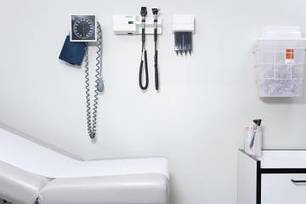Patients who don't show up for their scheduled medical appointments drain health care providers' time and resources, reducing appointment availability, increasing wait times, and reducing patient satisfaction.
In an effort to solve this problem, a team of researchers from the Johns Hopkins University's Malone Center for Engineering in Healthcare has developed a new algorithm that can reduce no-show rates and increase appointment availability.
The model, in use by two JHCP clinics since September 2017, has already provided helpful insights into which factors play the biggest role in no-show appointments.
For example, it indicates that patients who visit emergency departments more frequently are more likely to fail to attend scheduled appointments.
In contrast, patients who use the online patient portal to schedule their own appointments are more likely to keep appointments.
read the original unedited story at https://hub.jhu.edu/2018/10/04/algorithm-predicts-patient-no-shows/



 Your new post is loading...
Your new post is loading...








